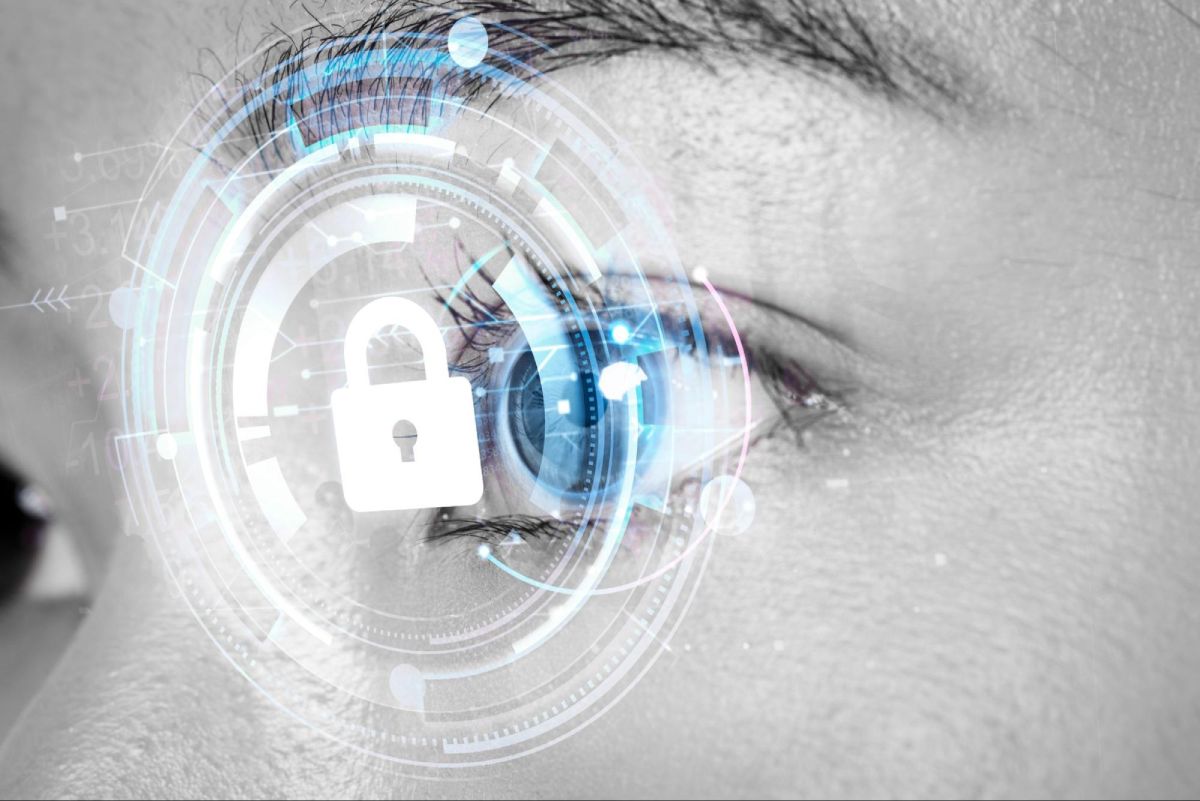

In a zero-trust model, no user, device, or data is automatically trusted.
Every entity must be verified and authorized before it can access any resources. This is in contrast to the “trust everything” approach of traditional security models. While this may seem more difficult to manage at first glance, zero-trust can actually provide significant benefits over other security models.
And in fact, a recent Statista survey found that 41% of businesses globally intend to adopt a zero-trust design for cybersecurity as part of their overall security strategy.
In this blog post, we will explore 5 zero-trust use cases to help illustrate how this security model can be implemented in real-world organizations.
What Exactly Are Zero-Trust Systems?
Before diving into zero-trust use cases, let’s quickly review what zero-trust systems are and how they operate.
As mentioned, the zero-trust security model is an identity-based model that verifies and authorizes every entity before allowing access requests to resources. This can include multi-factor authentication, device posture checks, and/or continuous monitoring of user behavior.
Want to Implement a Zero-Trust Model to Better Protect Your Business Data?
Schedule a free consultation with us today to see how we can help you.
One key aspect of zero-trust systems is the concept of “least privilege.” Users are only granted privileged access to the specific resources (applications and data) they need for their job function, while all other resources remain off limits. This helps prevent issues such as insider threats or data breaches from compromised user accounts.
5 Real-World Zero-Trust Use Cases
1. Healthcare Industry: Patient Data Protection
The healthcare industry deals with sensitive personal information on a daily basis, making it a prime target for cyberattacks. In fact, the healthcare sector is one of the top industries targeted by ransomware attacks.
One zero-trust use case in the healthcare industry is protecting patient data through zero-trust strategies and access control. This can include implementing multi-factor authentication for all users accessing patient records, as well as continuous monitoring and risk analysis to detect any potential unauthorized access attempts. In this case, IT engineers would use various security tools to identify potential attack surfaces and grant authentication and authorization based solely on their trust architecture.
2. Financial Services: Protecting Customer Data
Similarly to the healthcare industry, financial services organizations handle sensitive customer information that must be protected from cyber threats. This includes things like banking information and credit card numbers.
Implementing zero-trust systems in this industry can help ensure only authorized users have access to customer data, while continuously monitoring their behavior to detect and prevent potential threats. While this kind of rigorous access control can often hamper the user experience, the benefits gained in terms of network security are often worth the minor hassle.
3. Government Agencies: Protecting Sensitive Information
Government agencies often have a large amount of sensitive information that must be protected, including classified documents and national security information.
A zero-trust model can help ensure only authorized individuals have access to this information, while continuously monitoring for any unauthorized attempts at access, whether from secure remote or IoT devices.
| Want to Become a Subject Matter Expert on Cybersecurity Practices in Business? Read These Other Useful Articles Today: |
4. Retail Industry: Preventing Insider Threats
Retail companies commonly collect sensitive customer data, including payment information and personal details like addresses and phone numbers. This makes them prime targets for cyberattacks, as well as insider threats from malicious or compromised employees.
Implementing zero-trust systems in the retail industry can help mitigate these risks by controlling user access to customer data in real time and continuously monitoring for any unusual behavior. Quite often, businesses that rely heavily on cloud services are targeted due to their relative lack of security in this somewhat new area of data storage and access.
5. Technology Companies: Securing Internal Data
Technology companies often have a variety of sensitive information, including intellectual property and employee data. Implementing zero-trust systems can help secure this information by controlling user access and continuously monitoring for unauthorized attempts at access.

Getting Help Implementing Your Own Zero-Trust Systems
These are just a few examples of zero-trust use cases in various industries.
As more organizations recognize the benefits of zero-trust, we can expect to see it become a standard aspect of overall security strategies.
Interested in learning more about zero-trust and how it can benefit your business? Contact us today and schedule a free consultation to see how we can help implement zero-trust in your organization.

